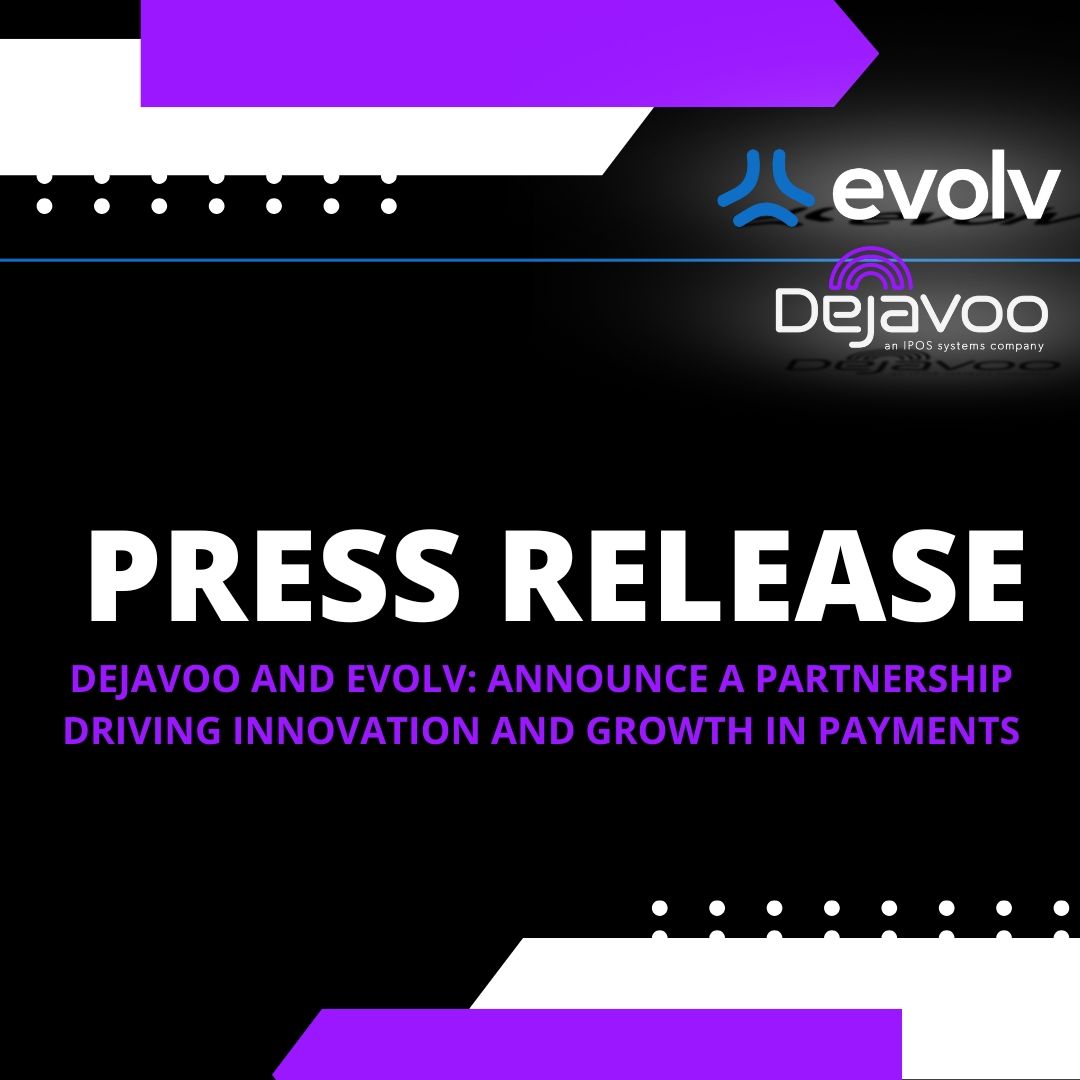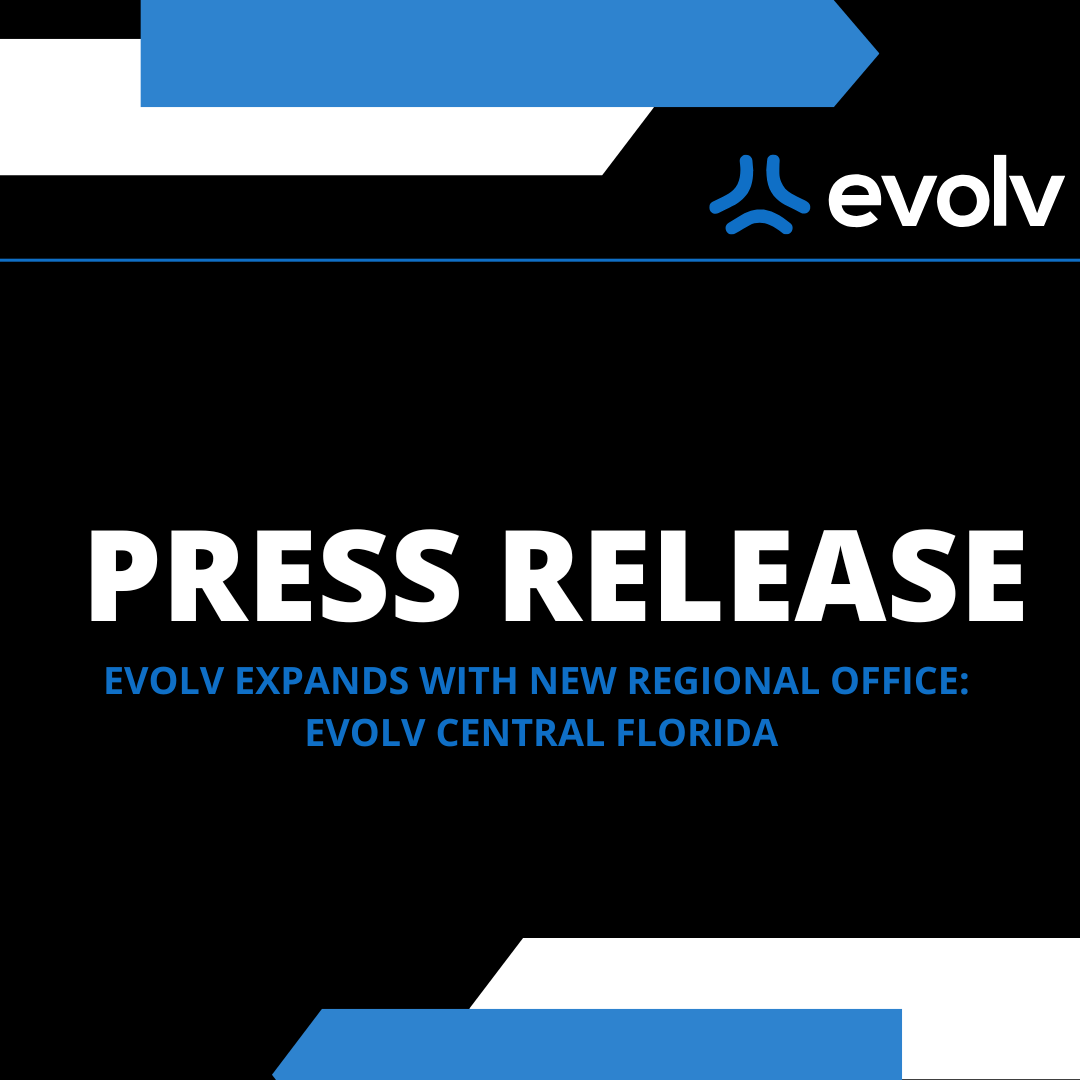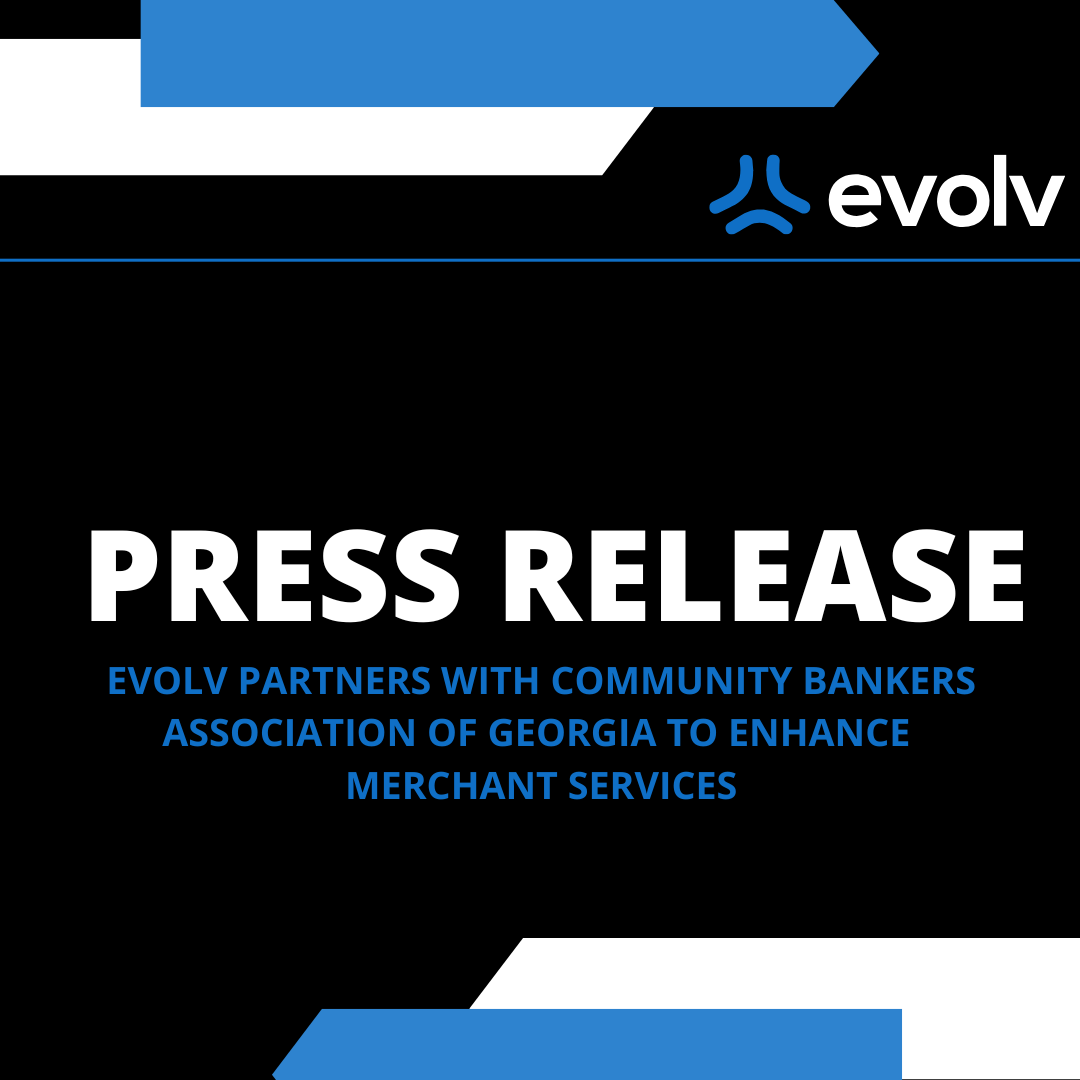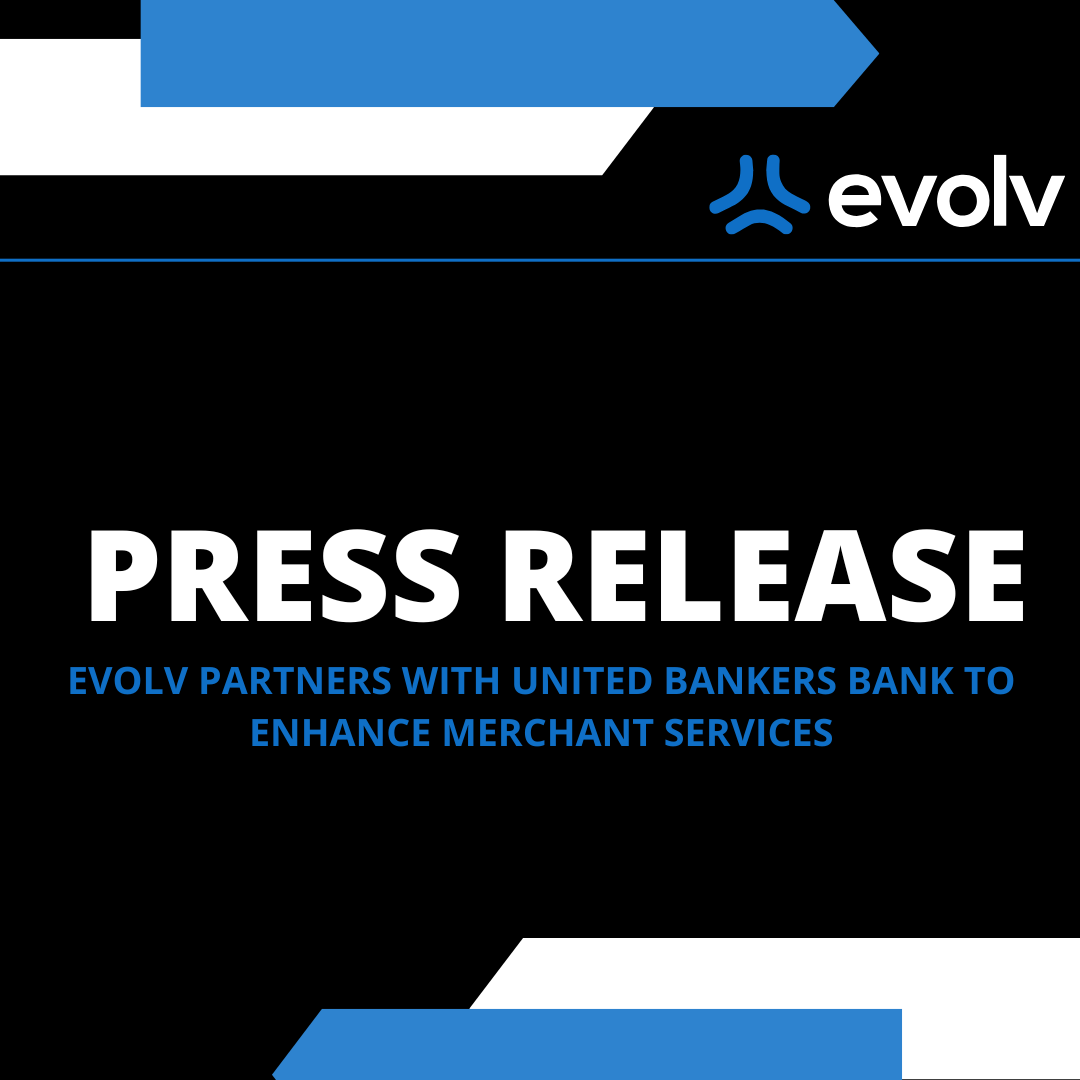How Website Design Builds—or Breaks—Payment Volume and Business Credibility
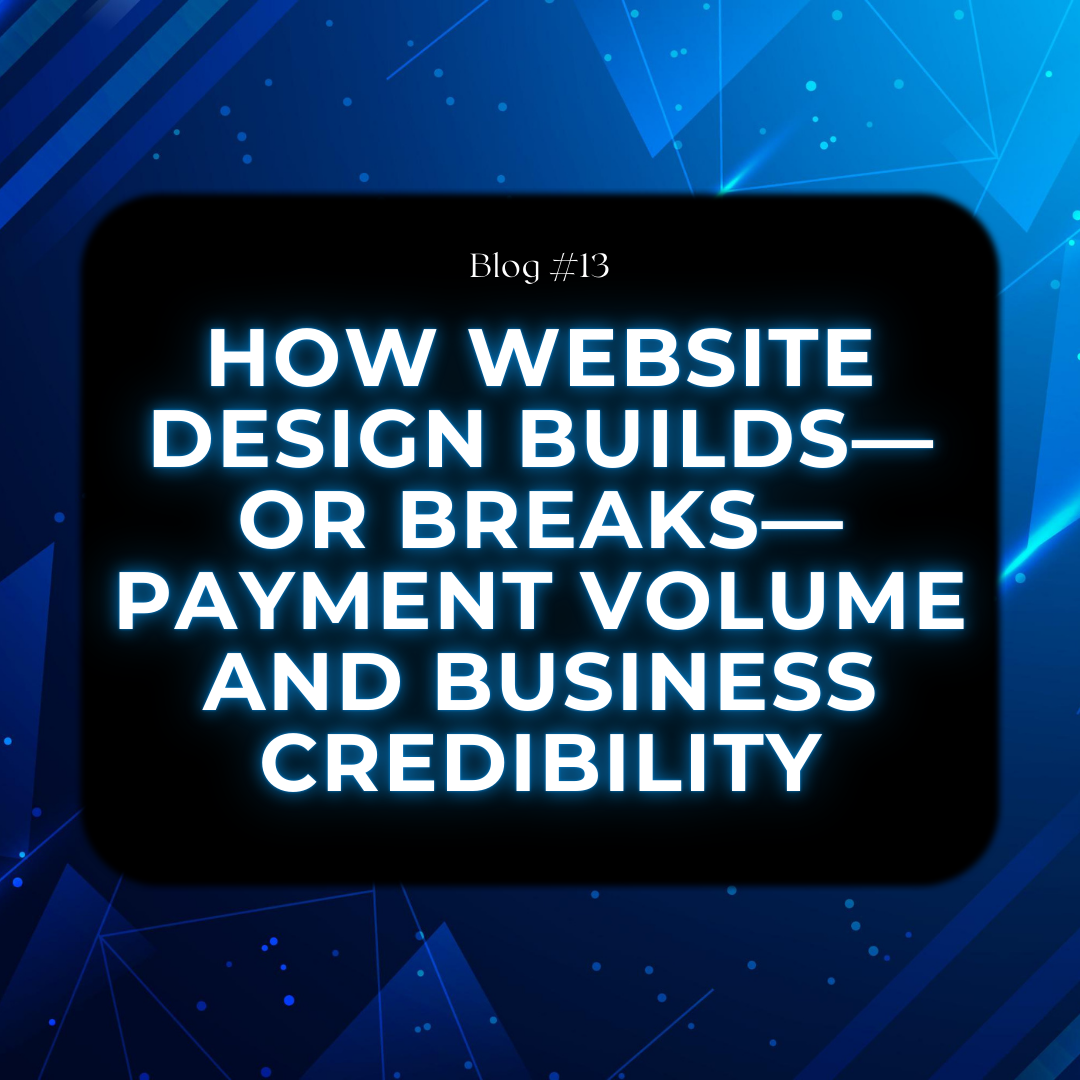
Your Website Is Speaking Before You Do
Have you ever met someone who showed up to a job interview in wrinkled khakis and a Bluetooth earpiece from 2007? That is the digital equivalent of a bad website. It does not matter how skilled or experienced someone is—no one will buy what they are selling if the first impression is a disaster.
In the same way, your website is your first handshake with every potential customer. And they are judging it—fast.
Credibility Is Built—or Lost—Within Seconds
Studies show that 75 percent of users judge a company’s credibility based solely on website design. Not pricing. Not reviews. Not product quality. Just the look and feel of the site in the first three to five seconds.
This means the homepage has more influence on trust than anything else you do online.
Your Website Is Not a Brochure. It Is a Sales Machine.
The website is not a placeholder. It is a full-time employee. It acts as your receptionist, salesperson, and storefront all in one.
It answers questions. It builds trust. It handles transactions. And if it does not do any of that well? You lose leads. You lose processing volume. You lose revenue.
Speed Builds Trust. Delays Kill It.
According to Google, you have less than three seconds before bounce rates spike. Every additional second increases the chances that a customer will leave.
A one-second delay in page load time can drop conversions by 7 percent. That is not an exaggeration. It is money left on the table every single day.
If you are running paid ads to a slow site, you are setting fire to your ad budget.
Design Is Navigation. Navigation Is Conversion.
Good design is not about looking trendy. It is about guiding users. A website should lead visitors through a logical journey: Who you are, what you do, how to buy it, and where to pay.
If the experience is clunky or confusing, people will leave. And on mobile, which accounts for over 60 percent of traffic, poor design can ruin the entire flow. Responsive, mobile-first layouts are not optional anymore. They are survival.
Your Website Is a Payment Tool—Not Just a Pretty Page
The end goal is not traffic—it is a transaction. Whether it is eCommerce, invoice links, ACH, or subscriptions, the website must support the process of getting paid.
A clean, fast, well-designed website increases conversions, average order value, and trust. It removes friction. And friction is the sworn enemy of processing volume for you and profits for your merchant.
A Broken Site Destroys Trust
Nobody wants to enter their credit card on a site that looks outdated or unstable. If the design feels like a high school project, customers will not take the next step.
Design influences perception. Perception drives trust. And trust is what drives payments. That is the sequence. You cannot afford to get it wrong.
Treat the Website Like a Sales Rep, Not a Digital Flyer
When you pitch a website redesign, do not talk about fonts. Talk about revenue.
“This new site will help you close more deals from your ads.”
“This site will reduce cart abandonment.”
“This will turn five extra calls a week into $5,000 a month in services.”
Use the language of performance, not preferences.
Selling Payments? Fix the Front End First.
Before a customer swipes, pays, or clicks 'buy,' they experience the website. If that experience is frustrating, everything else falls apart.
Selling dual pricing? The explanation must be clear. Offering subscriptions? The flow must be smooth. Pushing ACH and invoice payments? The journey must be secure and intuitive.
First Impressions Become Bottom Line Results
The homepage sets the tone. A bad one makes a business look amateurish. A great one builds instant credibility.
Credibility converts. And conversions are what drive revenue. The site is not decoration—it is the launchpad for every part of your digital strategy.
The Bottom Line
If your clients want to drive more leads, earn more trust, and make more sales, start with the site.
Fix the homepage. Speed it up. Clean up the design. Remove friction from the buyer journey.
Because in this market, that first digital impression is often the last chance to make the sale.
Want More?
Want more content like this, built just for merchant services pros and digital marketers? We are dropping insights like this every week inside our exclusive Facebook and LinkedIn groups. Join the conversation, get real-time sales tips, and share what is working in the field. Click the link to join the tribe—because your mind is not right until your site is!
If this helped you sharpen your pitch, like and share it with your team or someone in the trenches. Let us help each other win.
